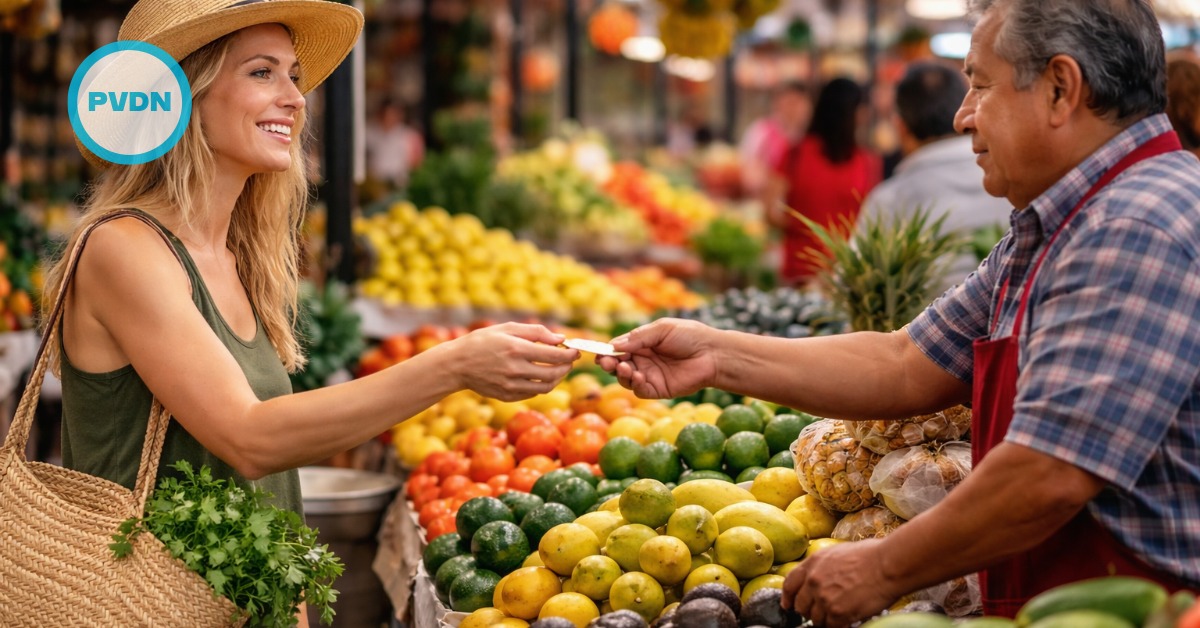The Mexican town of Tequila in the western state of Jalisco is the heart of a region that produces the legendary spirit. Any bottle of tequila must be made from the Weber Blue species of agave, grown and distilled in this region.
Field after field of agave gives this land a blue hue, defining an economy and its traditions.
But using just one species of blue agave to make 100 percent blue agave tequila is done through cloning the plants, without pollination or flowering. After "doing this for so many generations, the agaves are getting weaker, and the only way . . .





